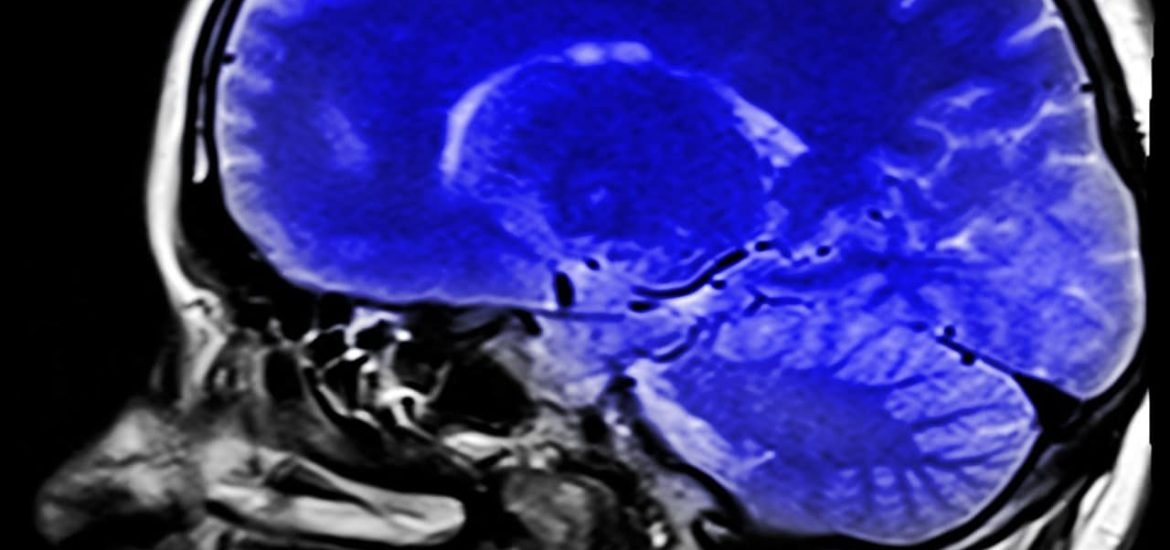
Most MEG machines are limited by their size, weight, and sensitivity to movement. With the development of a wearable brain scanner, neuroscientists might soon be able to study the brain with MEG in ways that were previously impossible.
Magnetoencephalography (MEG) is a neuroimaging technique that taps into the brain’s weak electromagnetic fields generated by the electrical activity of neurons. MEG machines use superconducting quantum sensors to detect these weak electromagnetic fields, allowing for brain activity to be recorded noninvasively, in real-time, with unparalleled precision.
While MEG is one of the most powerful and useful technologies in neuroscience, MEG machines are massive devices that restrict a subject’s movement while their head lies in the scanner. This has made it difficult to study the brain with MEG during tasks that require free movement, especially for infants and children in general, who are often required to sleep inside the scanner so as to remain as still as possible during testing.
Though it’s appearance may look a little scary to a child (as per a description and photo of the device in IEEE Spectrum), scientists have developed a new, wearable MEG scanner that avoids this problem with conventional MEG machines. The new device, a mask constructed out of 3-D printed materials and custom-fitted to the subject, incorporates small, optically-pumped magnetometers (OPMs) as electromagnetic sensors instead of your typical superconductors, allowing the device to be both wearable and portable.
This new device was developed by researchers out of the University of Nottingham (in collaboration with others at University College London), and first described in an article published yesterday in Nature.
If the technology takes off, it could allow for scientists to study brain activity in ways that professionals are calling “transformative.” MEG would no longer be exclusive to certain populations – the developing brains of restless infants could be studied, and adults affected by movement disorders could also have their brain activity recorded without issue. New studies involving MEG would be possible, where brain activity in subjects who are freely moving during tasks involving spatial navigation or social interaction could be recorded, with the same precision as conventional MEG.
The device has already been tested on one of the researchers involved with developing the scanner, Elena Boto from the University of Nottingham. During a variety of movement tasks, from bending and pointing to playing paddle ball, the wearable MEG scanner fixed to her head was able to successfully record her brain activity with the same precision as a stationary MEG scanner, according to the findings published by her and colleagues yesterday.
However, this new wearable brain scanner isn’t perfect just yet. Movement isn’t entirely unrestricted – subjects must remain inside a relatively small space in which electromagnetic coils shield the device from interference from the earth’s magnetic fields, which are much stronger than the brain’s. Secondly, the set of OPM sensors are only able to record activity from one brain area at a given time.
Researchers must overcome one more limitation with wearable MEG: cost. Each OPM sensor is priced at $7,000, and if the device is to include enough sensors to measure activity across the whole brain at one time, it would cost a total of around $1 million.
According to Richard Botwell, another University of Nottingham researcher involved with the scanner’s development, he and his colleagues aim to enlarge the shielded space to the testing room itself so that subjects can wear the MEG device while both moving and walking around. As for its price, Botwell hopes that costs will come down “as the technology matures” over time.